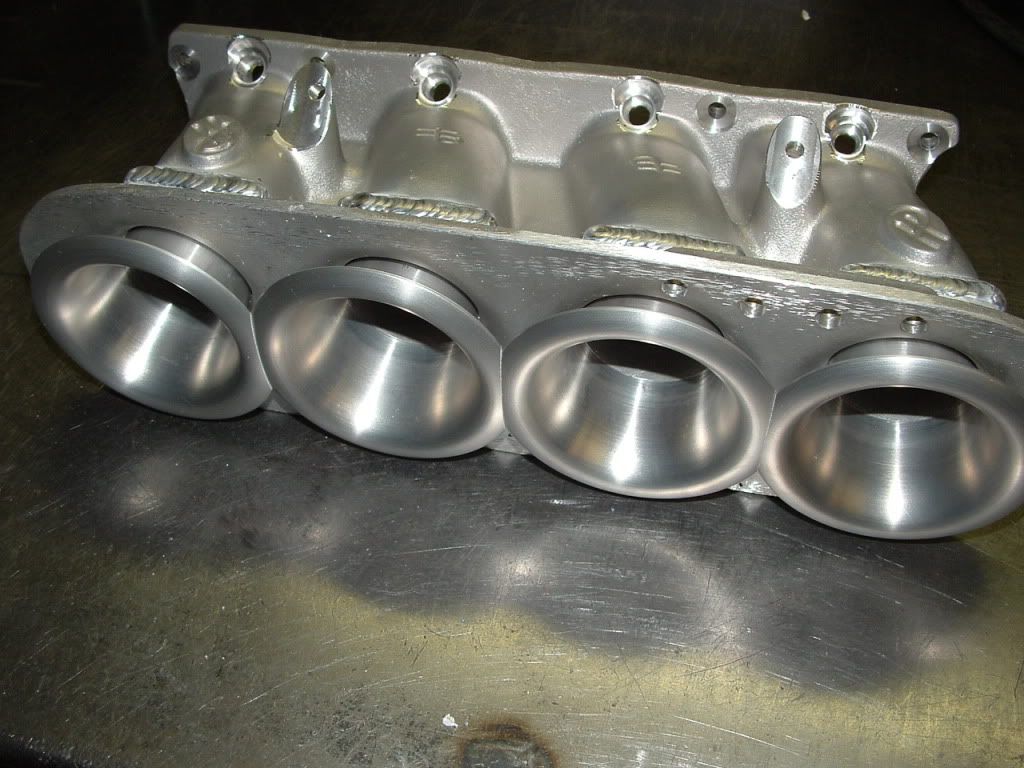Has anyone actually made back to back testing between the two? Does that actual lip on a stack REALLY make a difference? Motor is a stock 20V with N1 cams and Cam Gears. Im in the process of putting together an excessive Plenum build for my 20V and wondering if making stacks/machining them on a bottom plate actually does what we all think? Obviously it is much cheaper to just port a radius on the bottom plate. It seems to work for a lot of peeps on here. I understand stacks are needed for an ITB set up whether its a plenum or open build..but what if it was just a standard plenum and not ITB?
Thanx in advanced everyone.
Charlie
Radius Cut

Velocity Stacks

Thanx in advanced everyone.
Charlie
Radius Cut
Velocity Stacks

Last edited by zerogravity
on 2014-06-04
at 10-48-36.








 Be the first to like this post.
Be the first to like this post.
 Back to top
Back to top
